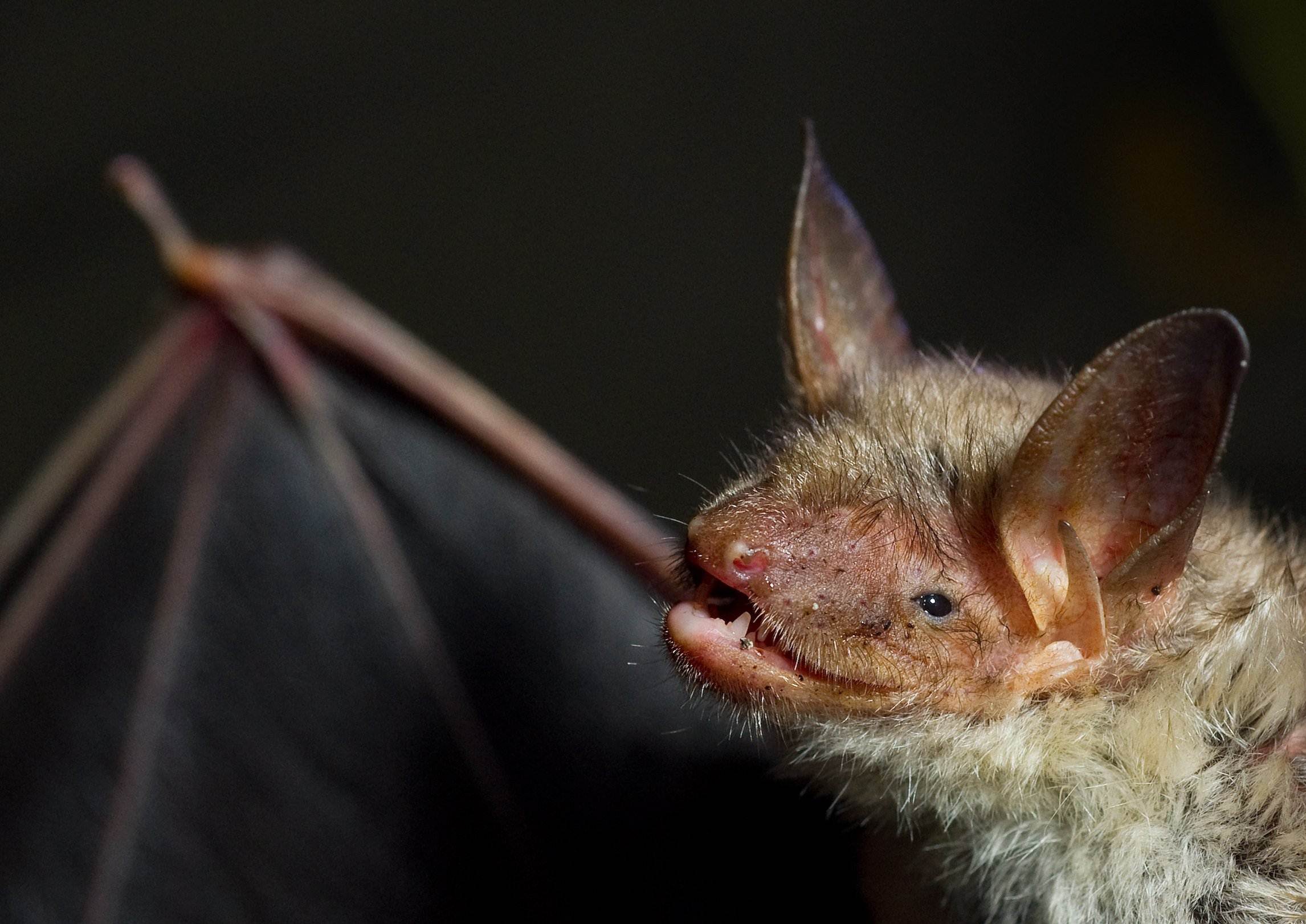
People who describe themselves as “blind as a bat” might want to find a new turn of phrase. Scientists have discovered that some bats rely on polarized light to orient themselves.
As is commonly known, bats use echolocation—locating objects by reflected sound—to “see” and navigate through the air. “But [echolocation] only works up to about 50 meters, so we knew they had to be using another of their senses for longer range navigation,” said Stefan Greif of Queen’s University, who led the new study on bats.
It turns out that the mouse-eared bat, which can be found in Europe, uses a form of light that most humans cannot see to guide its movements. It is the first mammal to calibrate with polarized light, the report published Tuesday in the journal Nature says.
As bats awake at sunset, they use the band of polarized light that appears in the sky (with one end pointing north and the other pointing south) to adjust their internal compass.
Scientists tested this hypothesis by placing 70 female mouse-eared bats in boxes to watch the sunset.Bats in some boxes could see the polarized light normally. Other bats sat in boxes that had a lens that rotated the polarization 90 degrees.
The bats were then released at night. The control group (who had seen the normal polarized light at sunset) flew the right direction home. Those in the experimental boxes flew 90 degrees in the wrong direction.
More Must-Reads From TIME
- The 100 Most Influential People of 2024
- The Revolution of Yulia Navalnaya
- 6 Compliments That Land Every Time
- Stop Looking for Your Forever Home
- If You're Dating Right Now , You're Brave: Column
- The AI That Could Heal a Divided Internet
- Fallout Is a Brilliant Model for the Future of Video Game Adaptations
- Want Weekly Recs on What to Watch, Read, and More? Sign Up for Worth Your Time
Write to Eliana Dockterman at eliana.dockterman@time.com